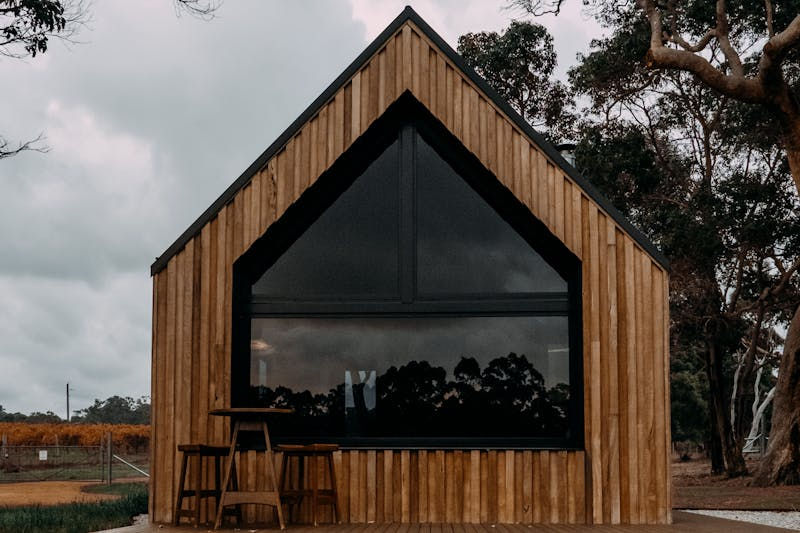Common Mistakes to Avoid During Roof Restoration
- Kristin Annie
- Oct 14, 2024
- 3 min read
Updated: Jun 18

Have you ever wondered why despite executing elaborate plans for roof restoration, you still face recurring issues? Do you find yourself questioning the value of the time, money, and energy you've invested into what should be a one-off renovation project? Perhaps the answer lies not in the financial or practical investment, but in the lack of understanding of common restoration pitfalls.
This article is aimed at individuals who understand that home repair and improvement is not just about aesthetics but also extends to longevity and sustainability. It's for those among us aspiring to transform our houses into green, energy-efficient homes.
By examining the various aspects of roof restoration together, we'll help dispel confusion, debunk myths, and enlighten you about how to avoid common mistakes during the process. Let's dive into the commonly charted territory of roof restoration with fresh eyes and an environmentally sustainable perspective.
Understand Why: The Premises of Green Roof Restoration
Before embarking on your roof restoration journey, it's important to understand why green restoration matters and how to avoid common mistakes associated with it.
Green roof restoration centers around the use of sustainable materials and processes that not only improves the condition and lifespan of your roof but also contributes to energy conservation and a healthier environment. However, many homeowners and professionals make the mistake of not considering the long-term sustainability and eco-friendliness of the materials or methods used.
Fundamentally, it's necessary to research and choose the right green materials for your roof restoration. Avoid the common error of simply picking what's cheap and readily available. Instead, look at sustainably sourced, recycled, or recyclable materials that have excellent insulation properties, are lasting, and environmentally friendly.
What Not to Do: Overlooking Insulation and Ventilation
Balancing insulation and ventilation during roof restoration is critical for energy efficiency. However, many fall into the trap of prioritizing one and neglecting the other.
Focusing only on insulation can lead to a build-up of excess moisture, which can result in damage and costly repairs over time. Contrarily, excessive ventilation can reduce energy efficiency, leading to more heating or cooling requirements and, thus, higher energy consumption. The key lies in finding the right balance between the two.
When to Start: Timing and Weather Considerations
Timing is everything when it comes to roof restoration – a factor that's often overlooked. Most mistakes occur when homeowners choose convenience over suitability, such as opting for a dry, summer restoration that leaves the roof vulnerable to harsh UV rays, hastening deterioration.
Aim for a restoration period that avoids extreme weather conditions. For instance, late spring or early autumn tend to offer moderate climes, making them ideal for roof work while also promoting effective curing of restoration materials.
Who to Employ: Selecting the Right Professionals
It's tempting to assign roof restoration to the professionals promising swift results with minimal costs. However, choosing less experienced individuals, or those not well-versed in green roofing solutions often leads to ongoing issues and hidden costs.
Research and find experienced, certified experts who specialize in green roof restoration, even if it means stretching your budget a little. The long-term savings from an efficiently executed, environmentally friendly restoration will prove invaluable over time.
Pros and Cons: Eco-Friendly Roof Restoration
Fully understanding the pros and cons of greener roof restoration is essential to make informed decisions and avoid mistakes.
A green roof, for instance, substantially reduces internal heating and cooling requirements, lowering energy consumption. On the flip side, it requires careful design and implementation to ensure effective drainage, adding to initial costs. Making a balanced choice between potential benefits and initial expenses can steer you away from common mistakes that could cost you in the future.
The Inevitable Trade-Offs
Green roof restoration will invariably involve trade-offs. The common mistake is to overlook or ignore these while trying to reconcile the budget. Being aware of certain compromises, like slightly higher initial costs for longer durability and lower energy consumption, can help create a road map for a successful roof restoration.
Conclusion
Avoiding the typical blunders in roof restoration involves more than just thorough planning and execution. It also demands a shift in perspective towards more sustainable, environmentally friendly practices. By understanding the why, what, when, and who of green roof restoration, and by carefully sifting through the pros, cons, and inevitable trade-offs, you can circumvent the common pitfalls and ensure a long-lasting, energy-efficient roof.
To truly make your restoration endeavors successful, approach the process not as simply a task to tick off your home renovation list but as an investment in a greener future for your home, which benefits you, your immediate surroundings, and ultimately the planet.
.png)







Comments